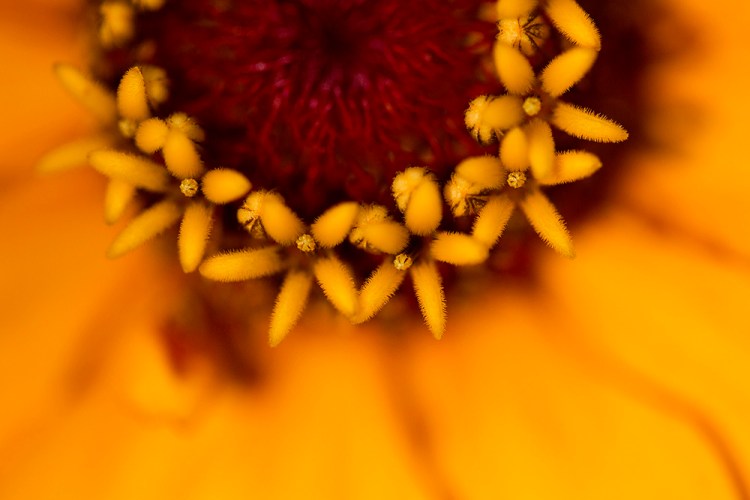We’ve figured out how to survive. We can find protein and toilet paper, hand disinfectant for those who believe in that (I prefer soap), flour and yeast.
I’ve written in the past few weeks about growing your own food, whether directly in the ground or in containers. Growing food is always a good idea. I’m becoming a buy-local freak, and nothing is more local than your own yard. But man (and woman, not to be sexist) does not live on home-grown beans alone. There must be beauty. And for a gardener, beauty means flowers.
Now, if you want to have wonderfully fragrant lilacs to cut and bring inside, it is too late to plant them to get blossoms for this year. But for those of you who planted flowering shrubs a few years or a few decades ago, remember to do some cutting. I know people (good gardeners all) who never cut flowers to bring inside. They want to view them where they grow.
But I want my beauty where I see it most often. And that is with my morning cereal, my sandwich for lunch and whatever we have for dinner. I was reminded of this when our daughter gave my wife Nancy a lovely flower arrangement from Fiddleheads, a Cape Elizabeth flower shop for Mother’s Day. I am stunned by its beauty whenever I go to the refrigerator.

Peonies, like this one from, Coastal Maine Botanical Gardens in Boothbay, make beautiful cut flowers. Gordon Chibroski/staff photographer
Before receiving that arrangement, we had only cut a few daffodils to bring inside in the early spring. As the weeks progress, we will be cutting tulips, alliums, lilacs, peonies and more. But we are lucky. We have lived on the same lot for 45 years and have crafted our garden to cater to our desire to indulge in indoor blooms.
This column, and I apologize for taking so long to get to the nut (blossom?) graph — journalism lingo for the paragraph that sums up the point of a story — is about what you can plant now to get cutting flowers before the first frost hits.
Many perennials make excellent cut flowers, but most don’t reach peak production in the first year they are planted. Because they will be spending the first year putting out roots and getting used to their new home, they won’t have the extra energy to put into flowers. If you are going to want a cutting garden into the future, plant some asters, coreopsis, phlox, rudbeckia, echinacea, iris, peonies and Shasta daisies. Likewise, you needed to plant spring-flowering bulbs last fall. Promise yourself to buy some this fall for next spring’s cutting flowers.
My two favorite summer cut flowers require digging up the bulbs or corms in the fall, storing them in a cool spot through the winter, and re-planting them in the spring. They are gladiolus and dahlias. The ideal time to plant both in Maine, and you can find them online or at your local garden center, is Memorial Day weekend. Right now, in other words.
Glads produce gorgeous, long-lasting spikes that can be about a foot long; the blossoms start on the bottom of the spike and progress up to the top over the course of a week or more. They come in a wide variety of colors and are highly attractive in an arrangement or standing alone in a vase.
Dahlias not only come in the entire rainbow of colors, they also have blossoms in a range of forms and sizes, some that grow as big as eight inches across, others as small as two inches. While they are easy to cut, to get long stems you sometimes have to sacrifice buds that are just coming out below the ripening blossom. It doesn’t matter. Plenty more blossoms are on their way.
Annuals will give you blossoms this year. You can buy many of them as plants already in blossom at farm stands, farmers markets and nurseries. Annuals will bloom all summer long. These include snapdragon, heliotrope, salvia, marigold, sunflowers, bachelors buttons, cosmos, larkspur and zinnias. You also can plant many annuals from seed. The flowers won’t arrive until later in the season, but consider the pride involved in growing your own flowers from seed.
Last year, I planted ‘Torch’ tithonia in the vegetable garden for the first time, and was thrilled when the 4-foot-tall plants began producing cutting flowers in late August and kept producing until October. We liked them so much that we bought more, which Nancy planted in a windowsill pot about a month ago. This year, we are hoping to have more of them, and have them earlier.
All these annuals like well-drained soil and full sunlight. And most of them will grow well in between your vegetables.
Tom Atwell is a freelance writer gardening in Cape Elizabeth. He can be contacted at: tomatwell@me.com.
Send questions/comments to the editors.



Comments are no longer available on this story